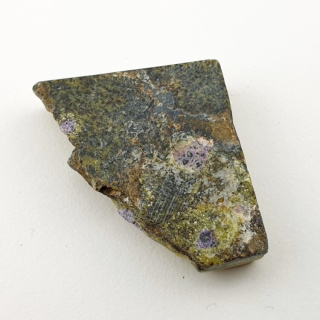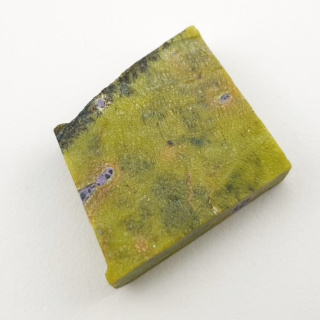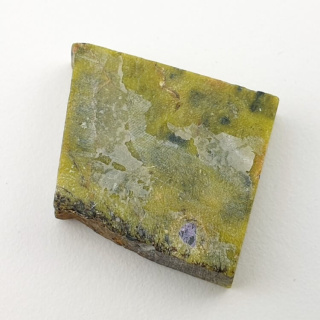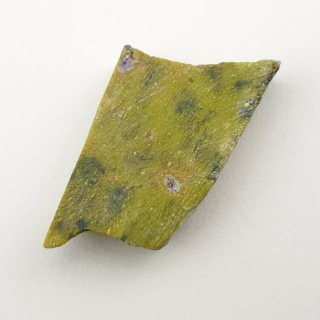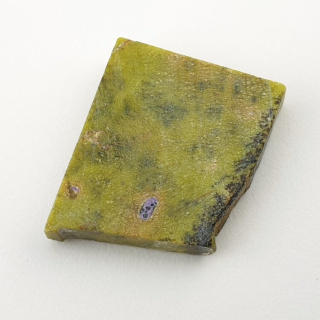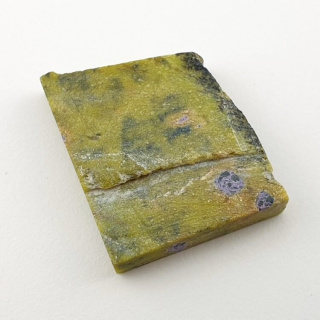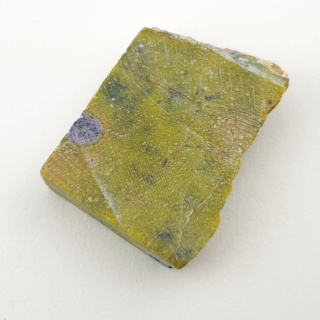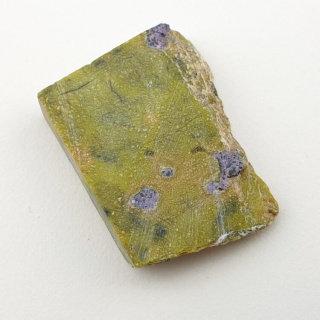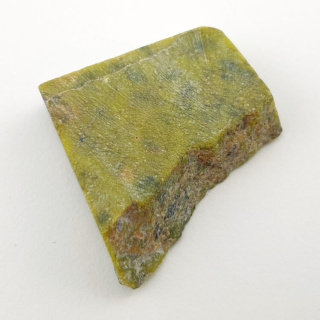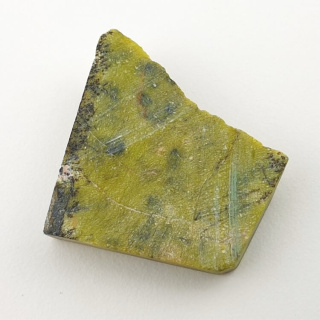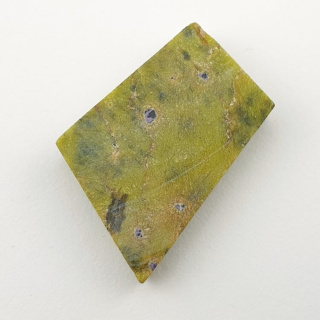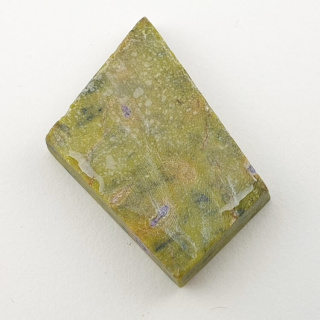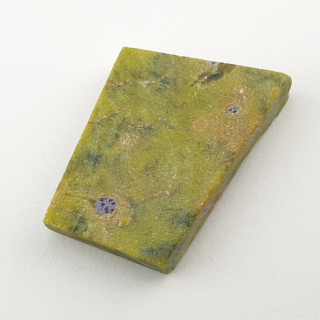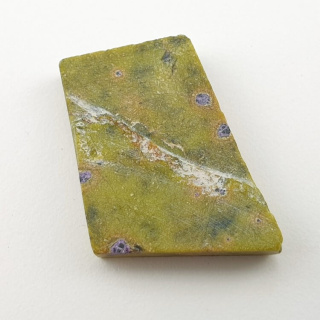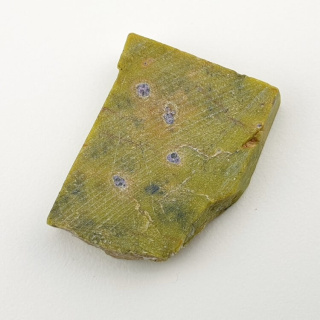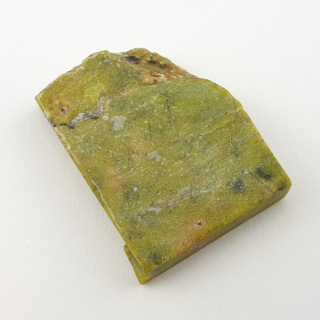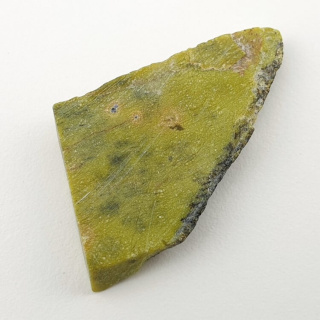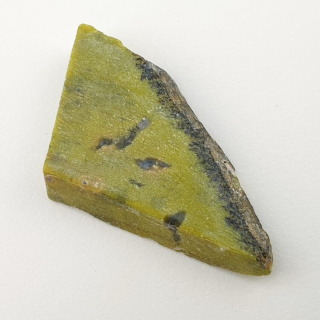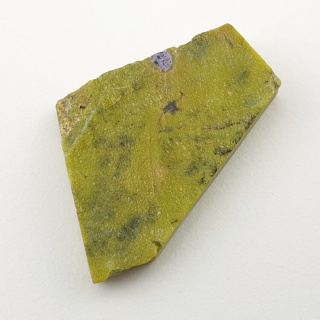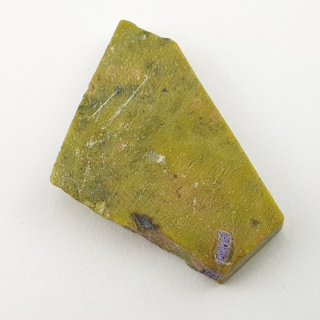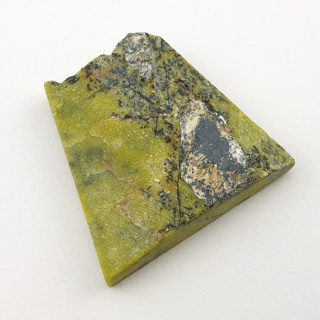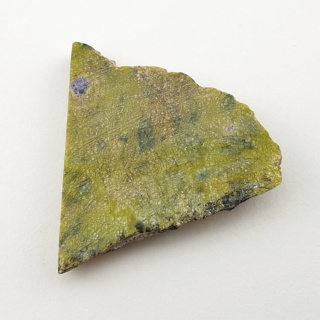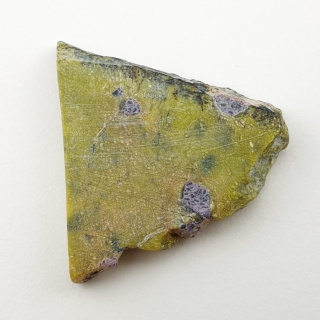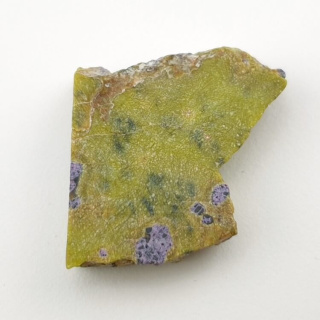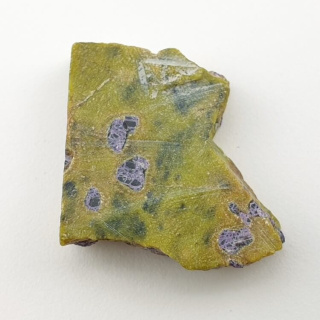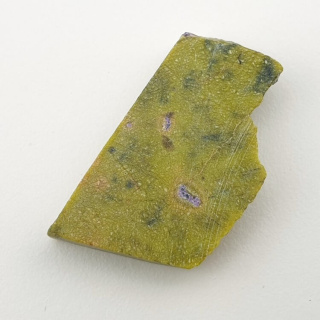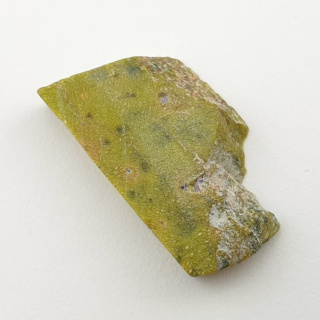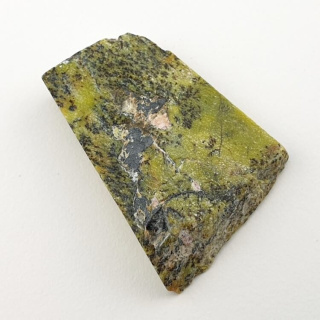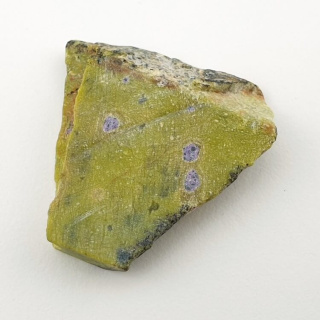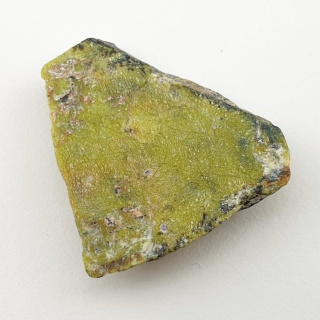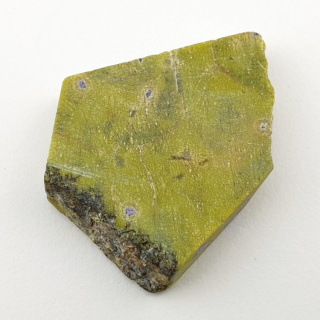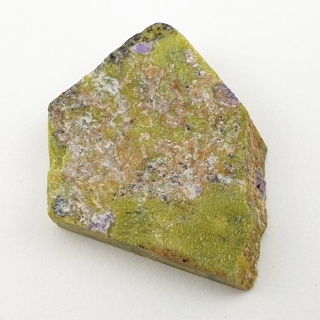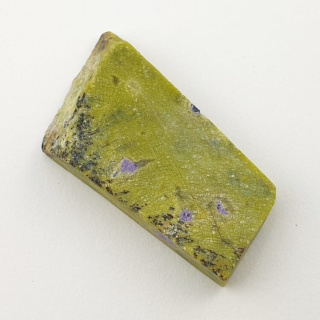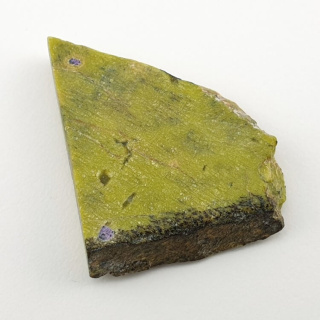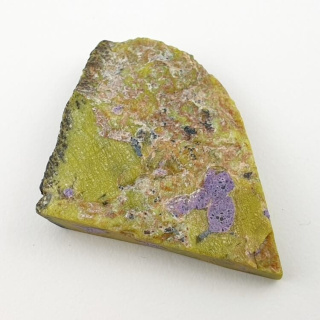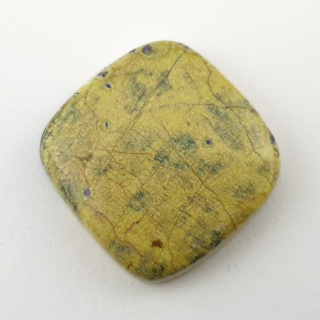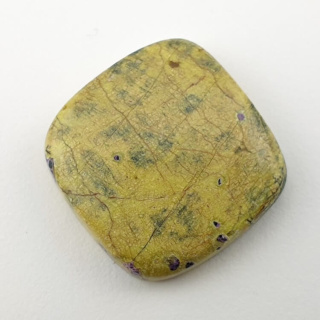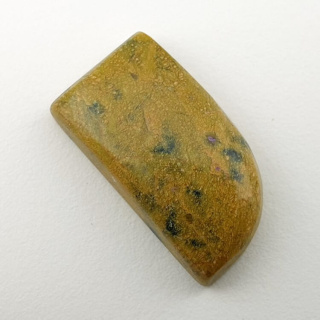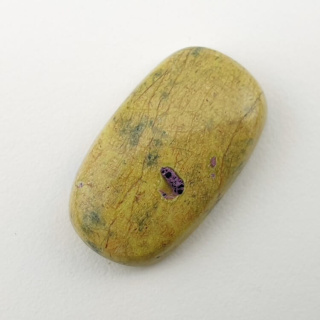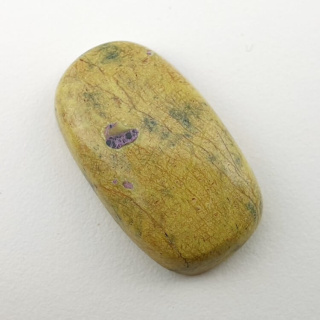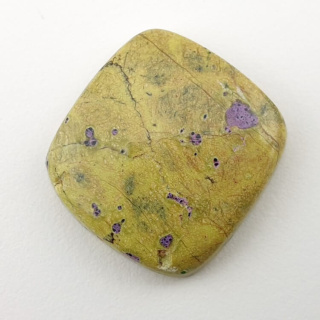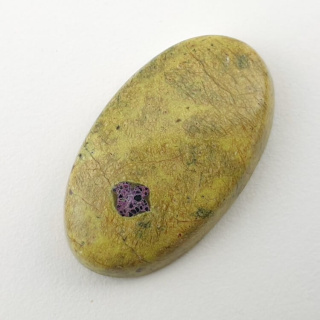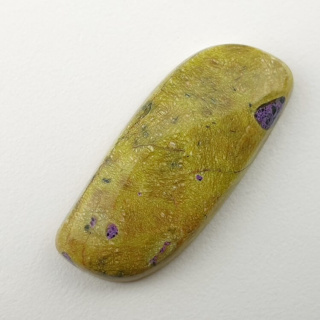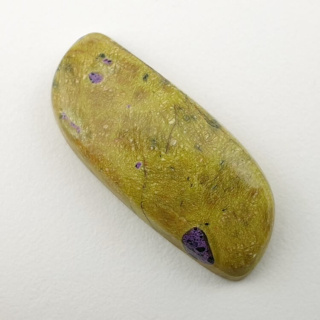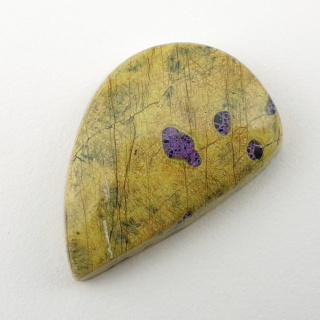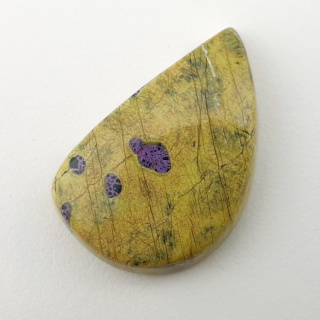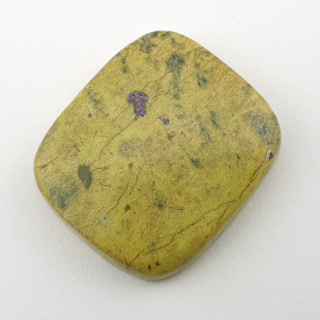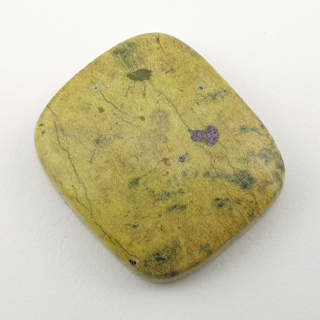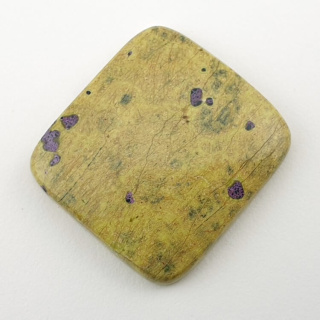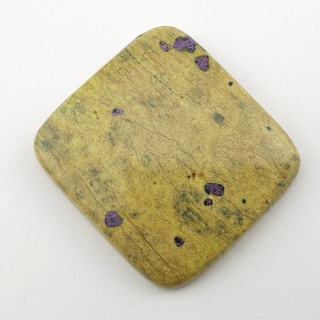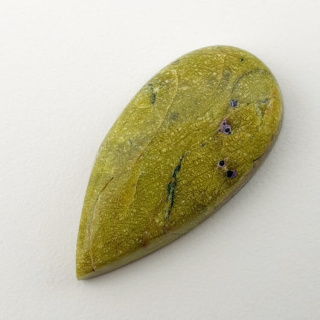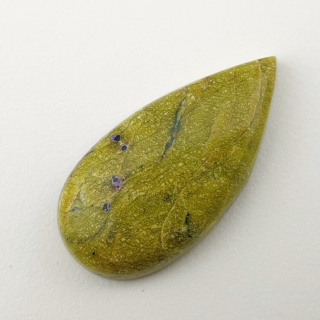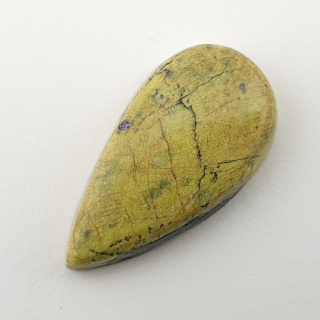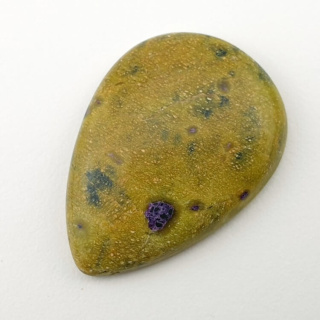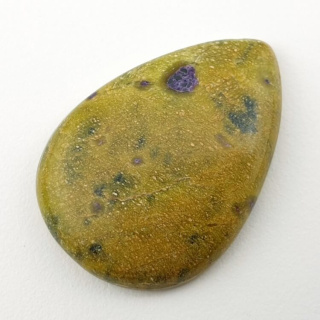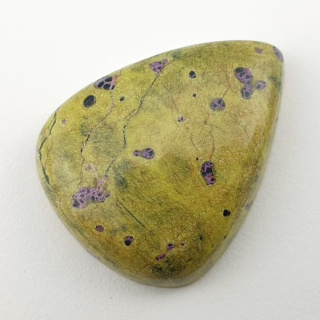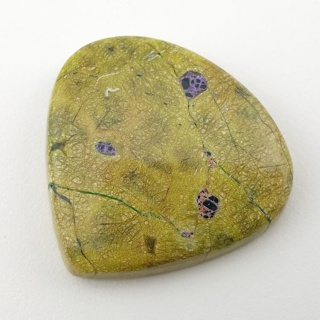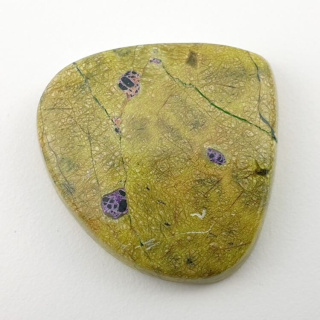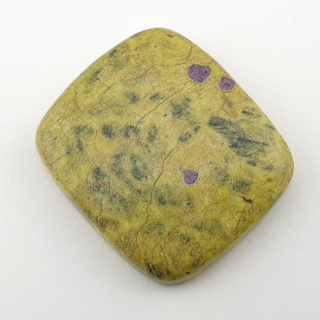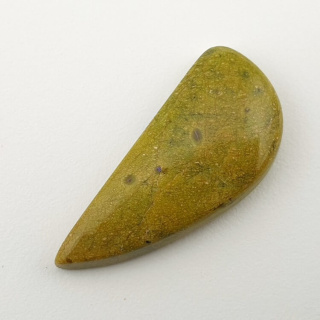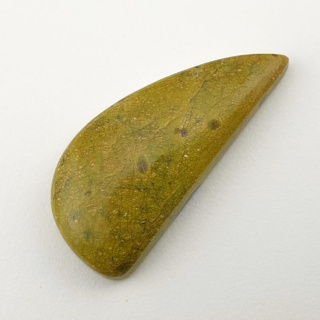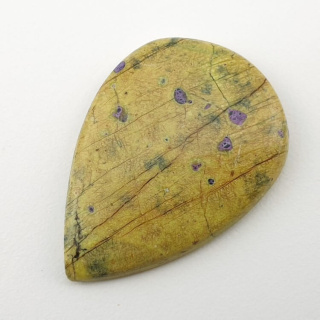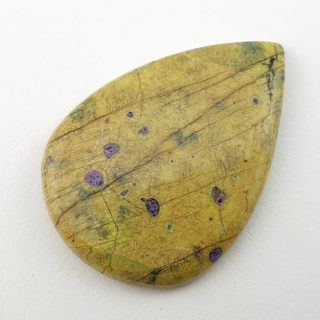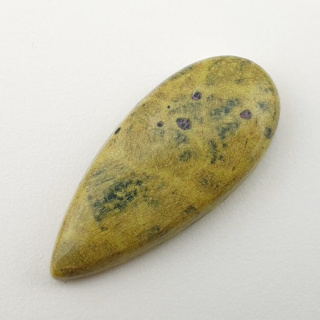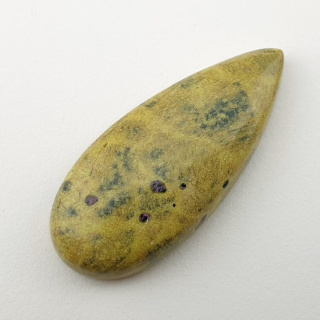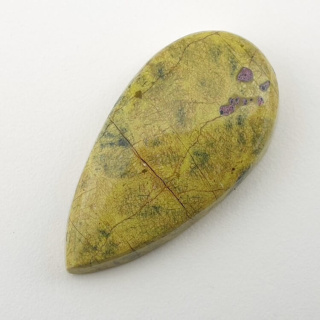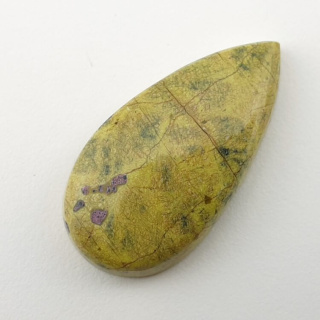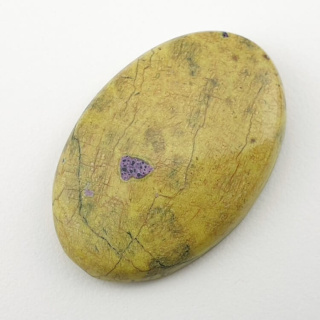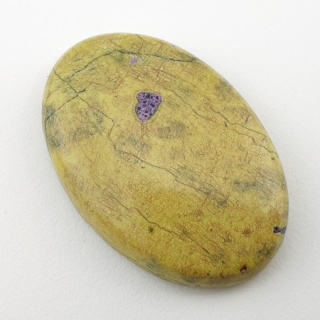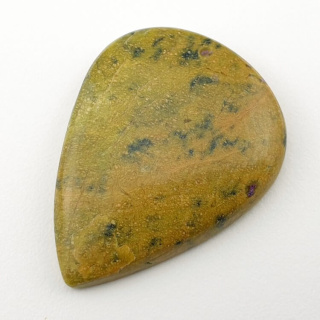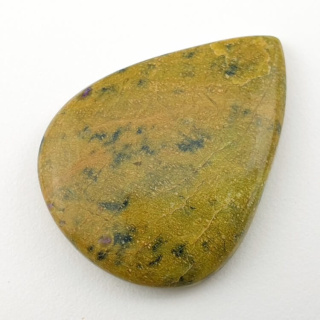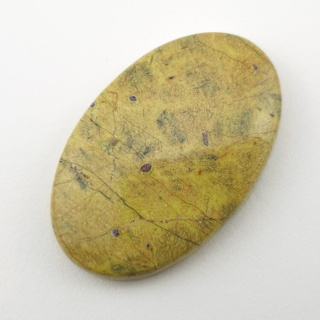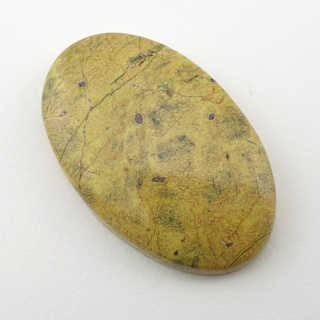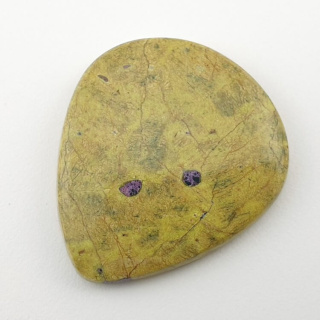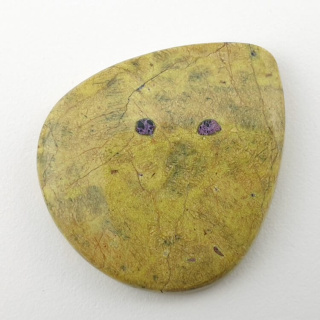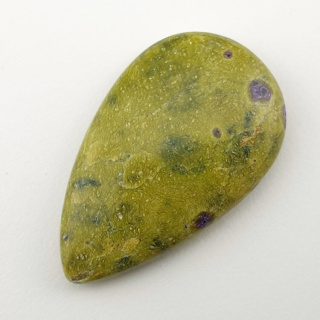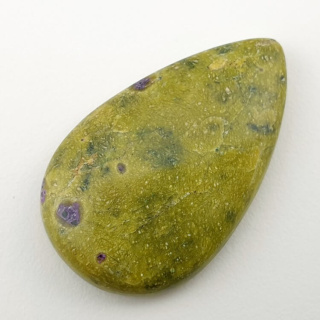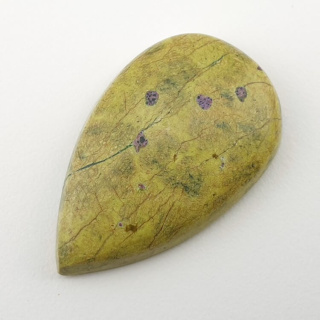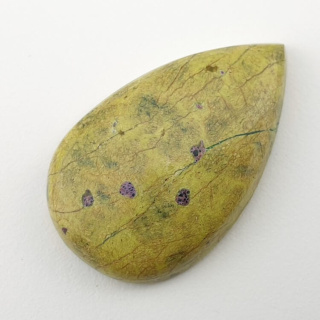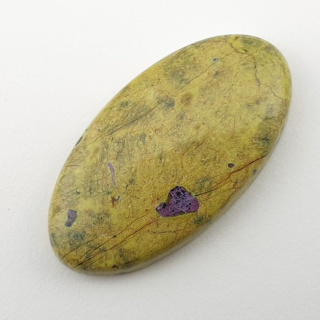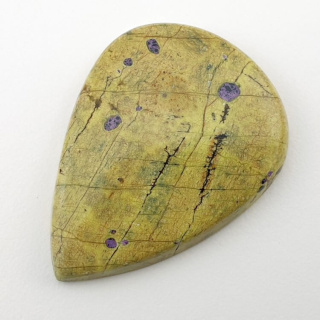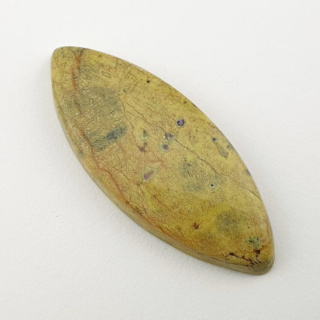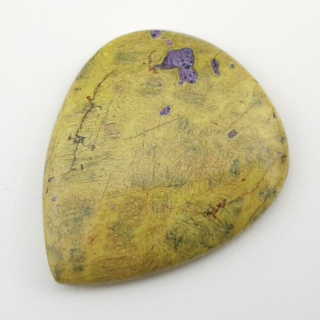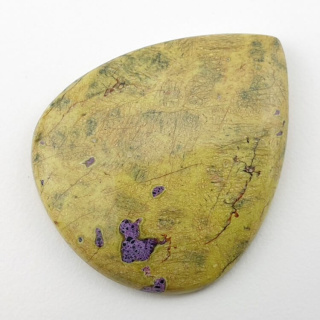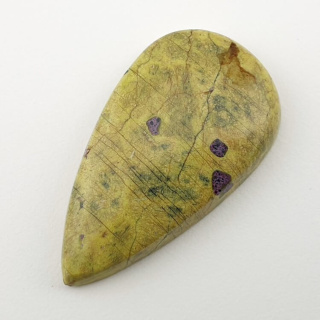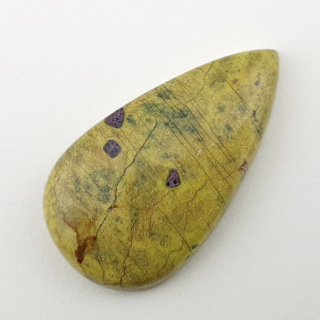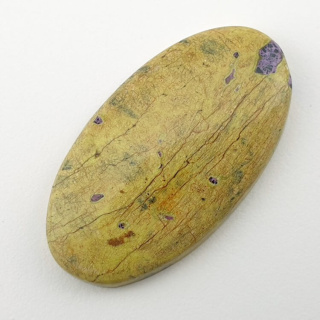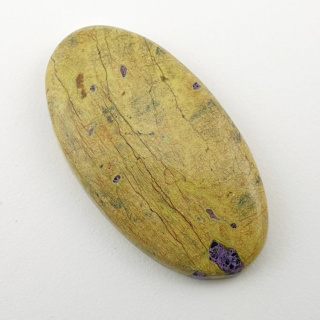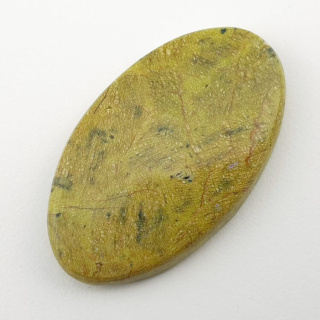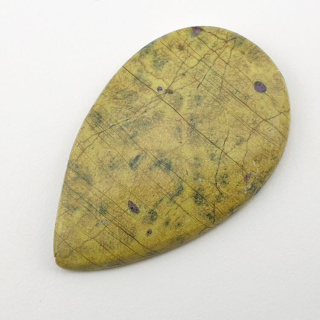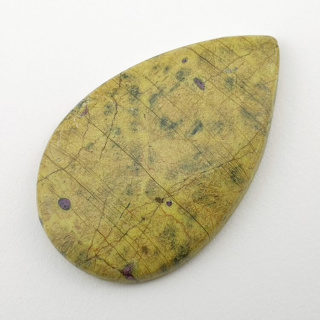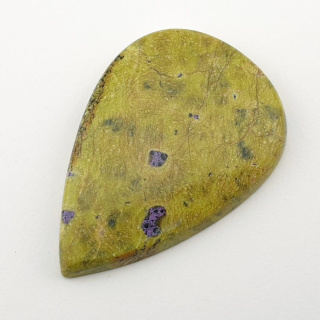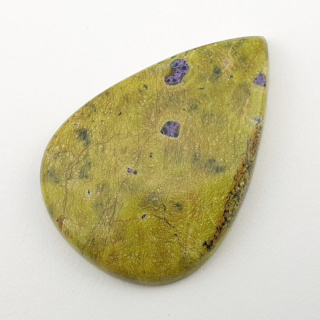- ...
-
Kategorie
- Kamienie | Minerały
- Koraliki do biżuterii
- Półfabrykaty jubilerskie
- Kamienie syntetyczne
- Kamienie wg zodiaku
- Perły | Muszle
- Zawieszki
- Bransoletki
- Kryształki - Taśmy
- Kamienie A-F
- Kamienie G-K
- Kamienie L-O
-
Kamienie P-Z
- Perydot
- Pietersyt
- Piryt
- Prehnit
- Purpuryt
- Rodochrozyt
- Rodonit
- Rubin
- Selenit
- Septaria
- Serafinit
- Serafinit indyjski
- Serpentynit
- Skamieniałe drewno
- Skapolit kocie oko
- Skolecyt
- Sodalit
- Stichtyt
- Szatukit
- Szelit
- Szungit
- Tektyt
- Thulit
- Topaz
- Turkus tybetański
- Turmalin
- Tygrysie oko
- Tygrysie żelazo
- Unakit
- Waryscyt
- Wyprzedaż
- Okazje 💵
- Wyprzedaże 🛒
- Nowości💥
- Rabaty
- Dostawa
- Płatność
- Zwroty
- Kontakt
- Blog
- Kryształki - taśmy (sale -40%)
-
Kategorie
-
Perydot
-
Pietersyt
-
Piryt
-
Prehnit
-
Purpuryt
-
Rodochrozyt
-
Rodonit
-
Rubin
-
Selenit
-
Septaria
-
Serafinit
-
Serafinit indyjski
-
Serpentynit
-
Skamieniałe drewno
-
Skapolit kocie oko
-
Skolecyt
-
Sodalit
-
Stichtyt
-
Szatukit
-
Szelit
-
Szungit
-
Tektyt
-
Thulit
-
Topaz
-
Turkus tybetański
-
Turmalin
-
Tygrysie oko
-
Tygrysie żelazo
-
Unakit
-
Waryscyt
Kamienie P-Z -
- Okazje 💵
- Wyprzedaże 🛒
- Nowości💥
- Rabaty
- Dostawa
- Płatność
- Zwroty
- Kontakt
- Blog
- Kryształki - taśmy (sale -40%)
-
- Szukaj
- Moje konto
- Ulubione
-
Koszyk
0
-
Koszyk (0)Koszyk jest pustyDo bezpłatnej dostawy brakuje: -,--Darmowa dostawa!Realizuję zamówienieSuma 0 złCena uwzględnia rabaty
-
Atlantysyt: Tajemniczy kamień związany z legendą Atlantydy
Liczba produktów: 55Co to jest Atlantysyt?
Atlantysyt to połączenie Serpentynitu oraz Stychtytu. Nazwa "atlantysyt" pochodzi od mitologicznego kontynentu Atlantydy. Kamień ten został nazwany w odniesieniu do Atlantydy ze względu na związane z nią legendy i tajemniczy charakter. Jednakże w rzeczywistości nie istnieje żadne naukowe potwierdzenie istnienia Atlantydy, ani związku kamienia atlantysyt z tą mityczną krainą.
Właściwości uzdrawiające minerałów Atlantysytu
Atlantysyt ma właściwości zarówno Serpentynitu, jak i Stichtytu. Jest kamieniem żywiołu Ziemi.
Serpentynit pomaga ukoić ciało emocjonalne, uwolnić strach przed zmianami i trudnościami oraz pomaga nam patrzeć w przyszłość z pozytywnym nastawieniem. Zawiera historię Ziemi. Pomaga nam połączyć się z sercem i umysłem Natury. Tradycyjnie używano go do aktywacji Kundalini i oczyszczania zablokowanych ośrodków energetycznych.
Stichtyt emanuje wibracją miłości i przebaczenia, promuje współczucie, jedność i współpracę. Zapewnia ochronę przed negatywnością, generując bańkę energii, która chroni noszącego. Medytacja z Atlantysytem może pomóc w uzyskaniu dostępu do umiejętności i wiedzy z poprzedniego życia.
Historia i zastosowania Atlantysytu
Atlantysyt to nazwa handlowa wymyślona przez Geralda Pauleya. Ten australijski kamień czasami nazywany jest Tasmanitem i jest połączeniem żółto-zielonego Serpentynitu i fioletowego Stichtytu. Ten piękny kamień został znaleziony stosunkowo niedawno i występuje wyłącznie na „Stichtite Hill”, niewielkim wzgórzu w Zeehan na Tasmanii, gdzie jest wydobywany.
Opis geologiczny Atlantysytu
Cechy fizyczne:
- Kolor: żółto-zielony z fioletowym.
- Twardość: zazwyczaj ma twardość około 2,2–4 w skali Mohsa, co oznacza, że jest miękki.
- Połysk: może mieć matowy lub tłusty połysk.
- Przełam: nierówny lub muszkatołowy.
- Przezroczystość: zazwyczaj nieprzezroczysty, ale może być przeświecający w cienkich kryształach.
Cechy chemiczne:
- Skład chemiczny: głównie złożony z krzemianu magnezu i chromu.
- Jest minerałem metamorficznym, który powstaje w procesach metamorfizmu kontaktowego lub dynamicznego.
![[{[item.product.name]}]]([{[item.product.photo.url]}] 75w)


